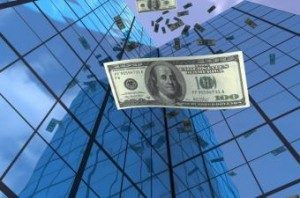 After nearly a month of marketing, Fannie Mae, in conjunction with Wells Fargo Securities and The Williams Capital Group, has sold 3,418 loans with a cumulative unpaid principle balance (UPB) of $581 million in a continued effort to reduce the number of delinquent loans in its portfolio. This is the companies 10th nonperforming loan sale.
After nearly a month of marketing, Fannie Mae, in conjunction with Wells Fargo Securities and The Williams Capital Group, has sold 3,418 loans with a cumulative unpaid principle balance (UPB) of $581 million in a continued effort to reduce the number of delinquent loans in its portfolio. This is the companies 10th nonperforming loan sale.
The entirety of the loans were divided into three groups and sold off to three different bidders: MTGLQ Investors, LP (Goldman Sachs), Igloo Series III (Balbec Capital Group LP), and Rushmore Loan Management Group LLC.
Goldman Sachs acquired 808 of the loans with a total UPB of $127,716,108. They have an average loan size of $158,064, and the longest mean delinquency of the three groups at 38 months. The weighted average broker’s price opinion loan-to-value ratio is 86.84 percent, making this group the second riskiest acquisition.
The second group of 681 loans were sold to Balbec Capital Group LP. This is the smallest pool of loans with a total UPB of $115,802,447 and the lowest average delinquency of 28 months. Balbec Capital Group also secured the pool with the lowest weighted average broker’s price opinion loan-to-value ratio at 81.03 percent. Loans averaged about $170,048 each.
The largest pool went to Rushmore Loan Management Group, at 1,929 loans valued at $337,667,876. Houses in this group had a mean delinquency of 30 months, and averaged $175,048 per loan. Rushmore Loan Management Group also took on the highest risk of the three bidders, as group three has a broker’s price opinion loan-to-ratio value of 88.02 percent.
Fannie Mae expects to close on the bids of these sales on July 26. The company is also expecting a small sum of $34.47 million from the sale of its seventh and eighth Community Impact Pools to be delivered on June 14.

 DSNews The homepage of the servicing industry
DSNews The homepage of the servicing industry









